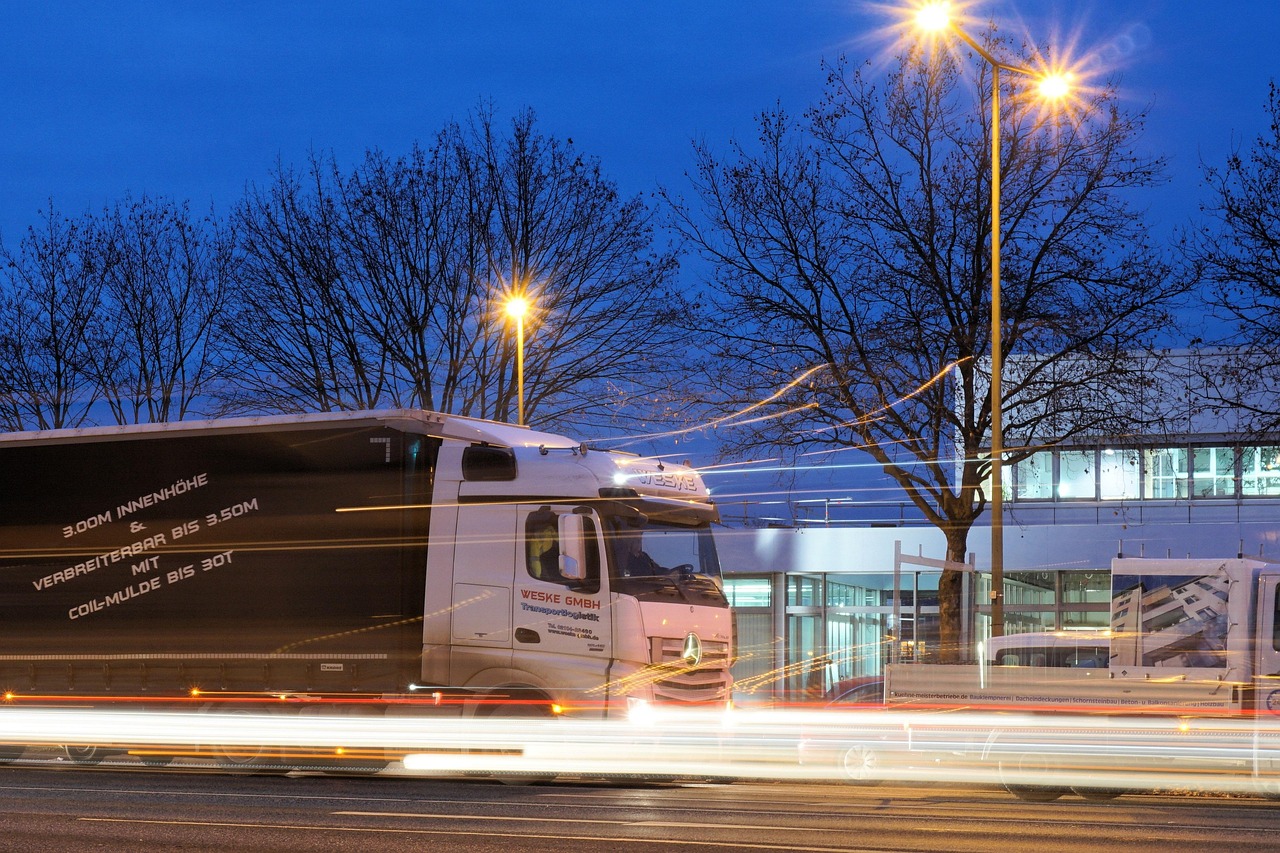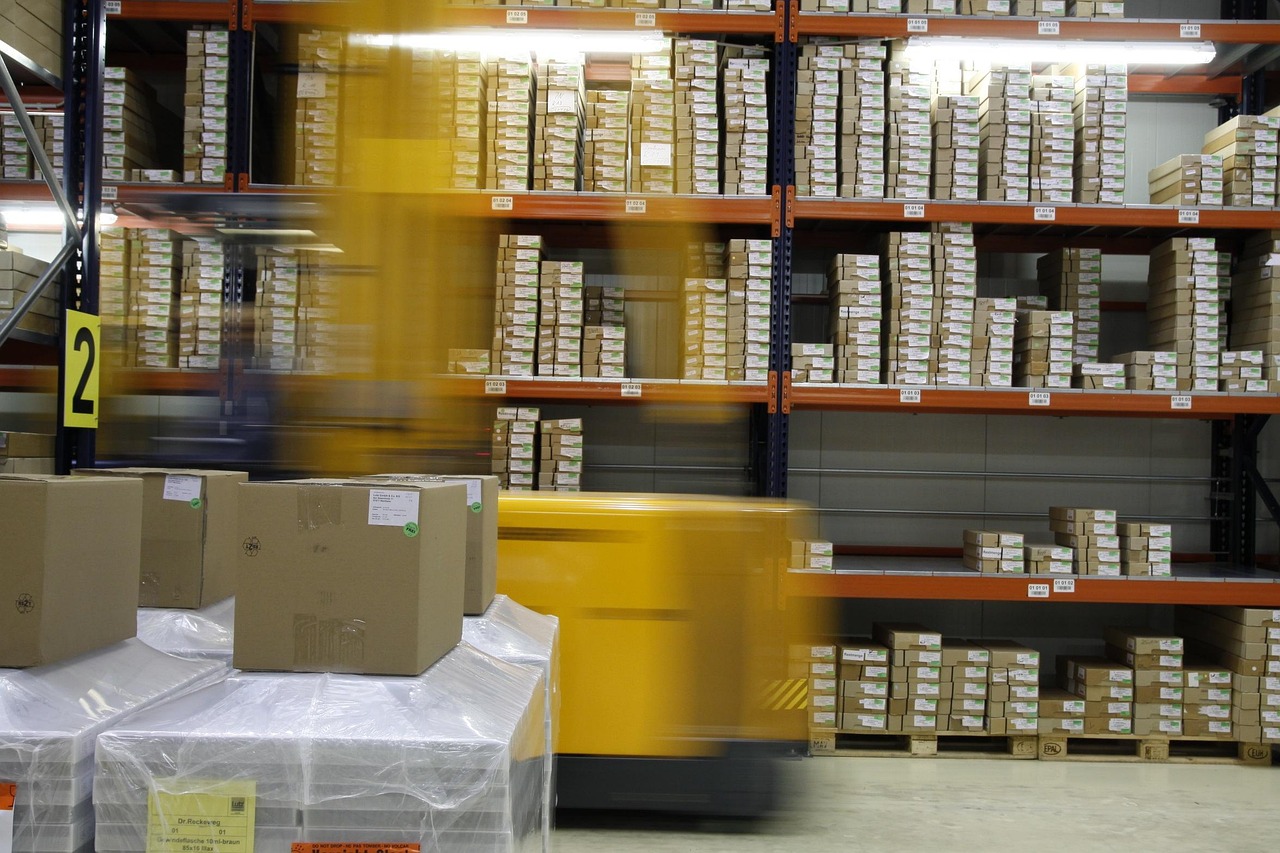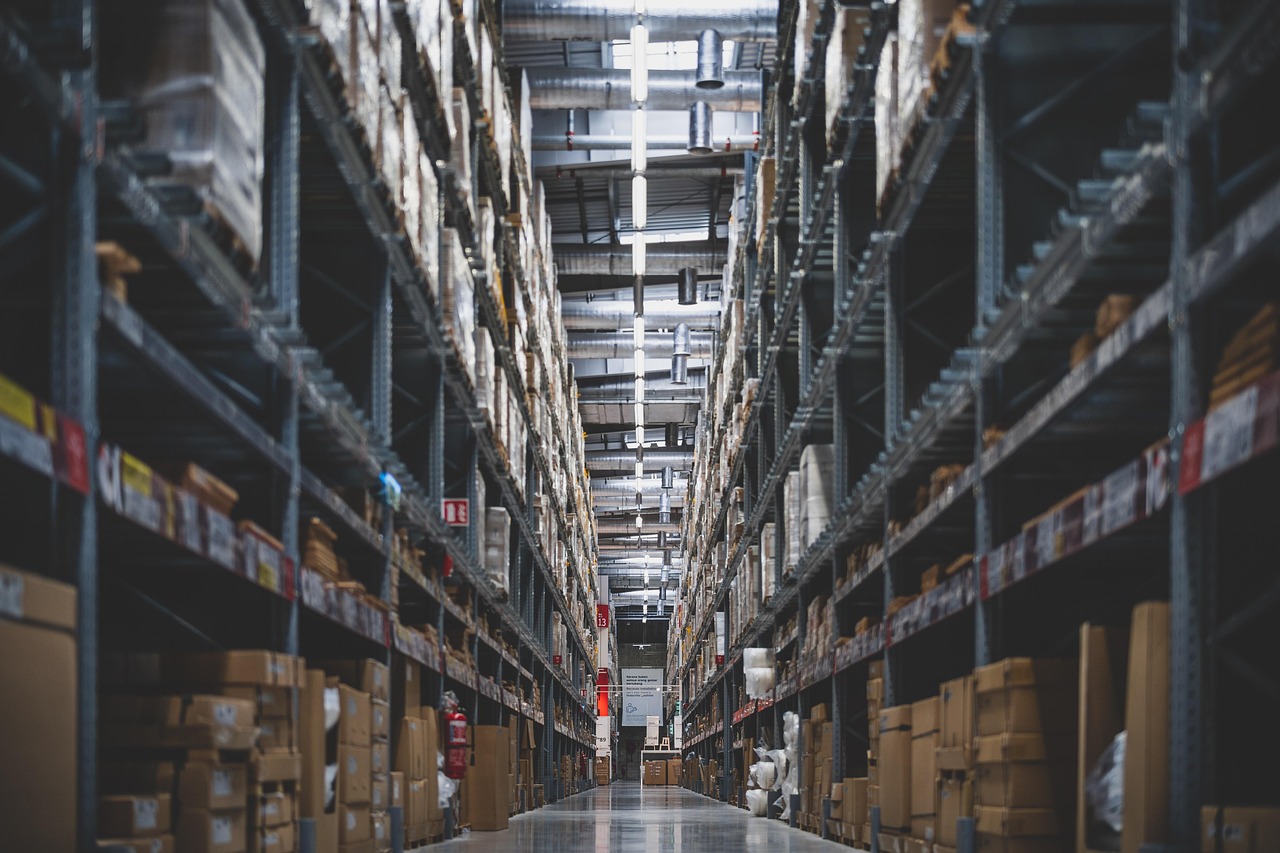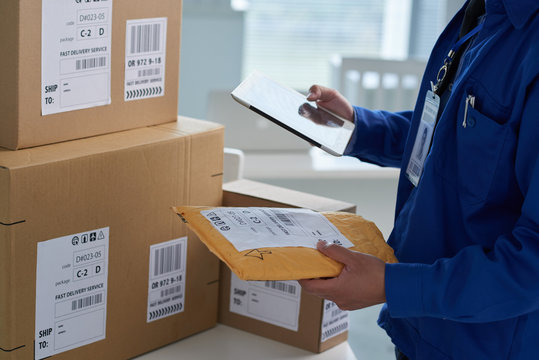Estimated reading time: 8 Min
Inside the Wonderful World of Ecommerce, we found experts like Leslie Alonso, our interviewee today at eCommerce in Cubbo, who is the current Director of Operations at Pabis Retail, has extensive experience in data analytics and monetization, supply chain, trade marketing and strategic thinking.
Don't miss this article! Learn how the channel is moving and actions you can implement in your ecommerce to improve your growth and level of sales. We'll talk about...
- Consumer trends before and during the pandemic, winning categories
- Drivers That Influence Demand
- Digital analytics. The Power of Data for Decision-Making
- Volume of data and how to convert it into money
- Tips to boost online sales
- And much more!
Let's get started...
What is the strangest thing that has happened to you in ecommerce?
“For the last Christmas, I entered a Marketplace of great recognition in Mexico, I was looking for paper to wrap gifts, I found some divine and very cheap styles, I bought them and when the order arrived, they were sheets for making letters, nothing to do with what I expected to arrive. In the description, the product had no measurements and said wrapping paper, which didn't fit the truth.”
“When I met my family at Christmas and told them my anecdote, I realized that I wasn't the only one, something similar had happened to most of them, that is, descriptions that don't match the product are a more common mistake in the ecommerce Of what I thought. One is the expectation and the other is the reality of what you buy. This is where we notice the great impact of the person who categorizes products, and how their management affects the shopping experience.”

What were the consumer trends before and during the pandemic?
“In The ecommerce channel, there are categories that have traditionally performed very well, such as technology, clothing or high-priced items; others, such as groceries, did not have as much movement. During the pandemic, this changed and there were different phases of consumption: initially, we had the stage of canning, toilet paper, disinfectants, frozen or refrigerated food, where categories such as ham, cheese and yogurt began to grow”.
“Later, the boom in electronics and entertainment began: cables, iPads, computers, chargers and video games, the latter with sales increases of up to 400%, all following the objective of staying connected and entertained from home. Later, the sale of products for exercise and decoration increased. People were spending much more time at home, working, exercising and living there, so they were trying to adapt it as best as possible.”
“Right now, healthy products such as fruits, vegetables and proteins are doing very well, including the basic basket, but with an orientation towards cheaper brands; people are returning to bulk because it's less expensive.”
“The only category that has remained stable in sales for all months, except when there were certain restrictions, was wines and liquors; nationally, it is one of the best performing.”
What is your projection regarding consumer behavior for the coming months?
“In 2020, people still had savings and work. By 2021, many lost their jobs and no longer have money. It is during this year that we are already paying for the “broken plates” of this situation. Many media publish about the performance of the sectors, based on sales money, but we exchange them for units, for pieces, for physical products, so volume must also be considered”.
“Analyzing the sales of more than 4000 stores nationwide in different categories, 2020 saw an increase of 7% in the volume of purchases, compared to 2019; in terms of money, the figure increased by 19%.”
“So far in 2021, we registered a decrease in the volume of purchases of approximately 3%, what is happening? People are buying less, and when this happens, the manufacturer's costs start to rise. If you had a plant producing at 100%, your production costs were diluted, now, if you manufacture at 60, 70 or 80% of its capacity, production and logistics costs go up, your profit margin is affected and prices increase, which is borne by the consumer.”
“Evaluating different categories, many are increasing their prices by 20% on average, which clearly affects consumption. With all this, we are going to enter a non-virtuous circle, where, since it is more expensive, we are going to buy less, since we buy less, the installed capacity is used less, with this, less costs are diluted and the price is increased, this is called Inflation”.
What are the drivers that have driven demand in ecommerce and retail during the pandemic?
“I dare say that 90% of the demand on these channels is driven by a mobility issue, we are practical and we buy where it best suits us at a given time, either because we are at home and we shop online so we don't go out, or because we go to a supermarket, we decide to go in and buy. In this case, the important thing is to provide the customer with what they are looking for, in each of the channels.”

What business practices have been identified during this period?
“As for the two channels, ecommerce and retail, there is a behavior that for me should not occur: prices throughout the year are much cheaper in the ecommerce than in the physical store. Clearly, we are looking to encourage purchases on this channel, but, all year round? For me, buying online should have a price equal to or higher than the Retail, by the Logistic factor”.
“We are living in a price war to win over the consumer, which is not healthy at all. Today, brands don't care about prices in the ecommerce, for many, their participation in this channel is still low, so they don't care that that percentage of the sale shows a negative return, as long as the strong percentage of their physical sale is fine.”
“The problem will be when 30, 40 or 50% of their volume does so in the ecommerce, under these conditions of price war, it will not be a business for anyone, only for the consumer, but for suppliers it will not be profitable, which may slow down digital transformation and the satisfaction of a omnichannel consumer, because of these malpractices and execution of the technology”.
What percentage has traditional retail fallen and e-commerce risen?
“By December 2019, the participation we saw in self-services of Digital channel versus retail, was 0.9%. For the same month of 2020, this percentage increased to 6.8%. During 2021, it fell to 5%, due to the lifting of quarantine measures, which allow people to make more physical purchases.”
“For me, there is no Cannibalization of e-commerce versus retail, is a subject of omnichannel, if it is available to the consumer when they need it and through the channel they need it, it is the same store, only that they can receive the purchase through one channel or the other”.
Why should companies invest in their digital channel?
“When a customer tells me: I'm not going to invest in a channel that makes me 1, 2, 4 or 5% of the sale, I tell them: you're wrong, the premise is poorly formulated, it's not about sales, it's about being relevant to your consumer. That user that you sold to for many years and with whom you built an entire business model will no longer be around in 30 years, so how long does your company have left to live?”
“Young generations are increasingly digital, this does not mean that the physical store is going to disappear, but we are going to be increasingly omnichannel, here is the relevance of investment and of being prepared to The consumer of the future. Within this scenario and as a characteristic, we find that our customers who have invested the most in ecommerce, have generated more participation and gained greater relevance in the market”.
How does the topic of data work on the digital channel?
“The Data Collection in Ecommerce It's simpler than in the Retail, all the information is there, at hand. Based on this, there is a field called Digital analytics, where we can analyze and understand how a user consumes in our different Digital sales channels; we can see how it behaves on our site, where it clicks, measure social networks, analyze interactions and content to profile them and see which ones were most relevant, understand what products are on display, how they are rated, at what price they are being sold, etc., this allows us to understand how the digital store is running, as if we were in the physical store”.
“Before, the practice was to buy information bases that could take months to arrive, today, with technology and Robots That Automate Tasks, you can update data every day and at high speed. We have information about sales, content, stores, networks, everything... The important thing is to manage it properly and use it to make intelligent and informed decisions.”

How to manage data and turn it into money?
“We have so much data to build strategies, but the truth is that it's not that easy to do it. What do you do with so much information? In fact, this was the first problem presented by Big Data. Starting from the large volume of data, it is essential to determine its VALUE, which are the truly important ones and how we can convert them into money, being more agile, assertive and competitive.”
“In many ecommerce There is no clarity in the strategy, they have no definite what they want to achieve. What's your problem? What is your business plan? What are you losing? What goal are you not achieving? Defining these aspects is the first step in transforming information into utility.”
“Many average companies explore and understand data, but they don't arrive at something tangible to convert it into money, which is only achieved when they start taking data sets to model them and build action plans focused on meeting objectives.”
What work does Pabis do in terms of information management?
“At Pabis, we automate the information process, we take all the data of our customers from the different channels and give them a consolidated list of sales, inventories, prices, orders, returns, etc., in all stores, every day. This way, they can know exactly what's happening with their products in real time.”
“In terms of prices and relevance, some customers ask me: How can I verify that the price displayed in the digital store is the same as the price in the physical store? Pabis has a component that allows it to vacuum customer product information by store, analyze and contrast it.”
“In terms of relevance, we evaluate our clients' promotional banners against those of the competition, determining if there is a correlation between the number of impacts generated by the competition and what our customers are selling. We help them create small use cases, based on the analysis of their information, we show them how to use and exploit it.”
What are those 3 winning tips that generate a high impact on ecommerce?
There are 3 things that are very simple to implement and that generate good results:
1. “Trusted content: What is this and how does it translate into the ecommerce? Trusted content is the comments people make, the little stars they give you. Before buying, people review this information to get an idea of the quality of the product and the service of the ecommerce, however positive or negative the comments are, will motivate or stop the purchase. All ecommerce they must enable these sections within their page and fulfill their value promises to the customer. It's a great driver for the user.”
2. “Benefits for consumers: discounts, free shipping, return policies, Shorter Delivery Times, are a decisive factor in the purchase, small extras that generate a differentiator”.
3. “Campaigns on different channels: Use different means to encourage the user to arrive at ecommerce. In this case, it is essential to have a comprehensive digital marketing strategy, which can include social networks, articles on pages, brand ambassadors, marketing and mailing campaigns, etc.”
3 things that could happen in the future of ecommerce?
I think that the following scenarios could occur:
1. 100% automated replenishment and supply tasks, with artificial intelligence that will carry out demand planning.
2. Disappearance of mass communication. In the future, communication will be micro-segmented, personalized. Brands will have more information about the customer to generate micro-segmented emails according to consumer purchases, characteristics and preferences.
3. Cannabis ecommerce: are already in countries such as the United States. In the United States and they are going to spread around the world. Cannabis will be delivered by messengers and purchased by people to treat pain or manage anxiety. Many brands are starting to sell in the ecommerce To save costs and then they go to Retail, this will surely be one of those industries.
Investing in a digital channel not only requires marketing and data, but also a solid logistics operation. Have a service of Fulfillment in Mexico City allows ecommerce to respond quickly and efficiently to high demand.
?Are you looking for a Fulfillment Center for your ecommerce? Do not hesitate to contact us, make your business grow while we operate for you. You Just Have to Click Here








